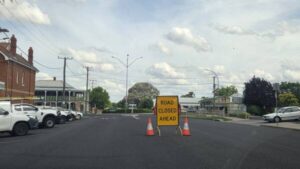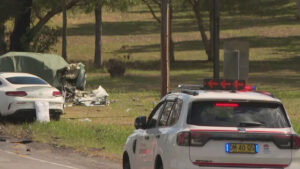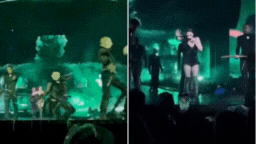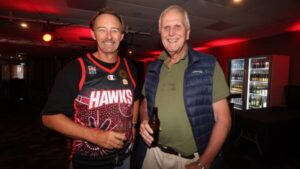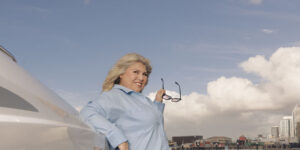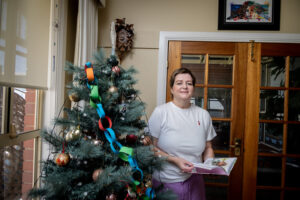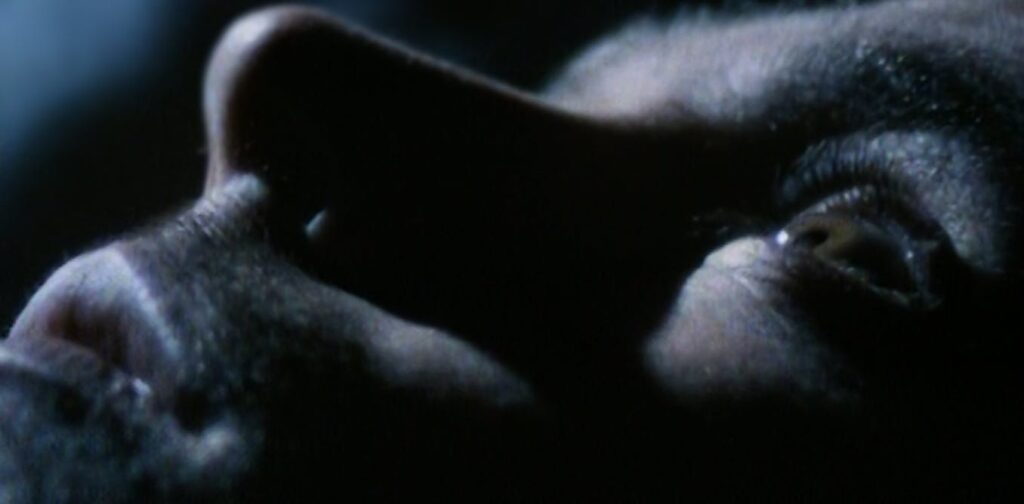
In 1985, a groundbreaking documentary titled Haunted aired on Australian television, captivating audiences and laying the groundwork for the modern paranormal reality TV genre. Commissioned by Network 10, the film showcased 14 alleged haunting cases across Australia, from Fremantle to the convict settlements in Port Arthur and the suburbs of Brisbane. Its chilling content resonated with viewers, particularly following the success of the 1984 film Ghostbusters, which had ignited a widespread fascination with the supernatural.
Over the course of 97 minutes, writer and director Iain Gillespie and his team interviewed ordinary Australians who recounted their eerie experiences. Haunted achieved impressive ratings upon its release. Yet, reflecting on the project decades later, Gillespie expressed mixed feelings. He remarked, “It was made as a commercial documentary. I would rather have done something more scientific.” Despite his reservations, the documentary’s impact on the television landscape remains undeniable.
Witness Credibility and Cinematic Style
A key factor in the success of Haunted was the credibility of its witnesses. One memorable account featured a vehicle welder who described a ghostly girl in a striped bikini disappearing before his eyes. Another haunting moment came from a mother at an athletics club who shared her chilling encounter with a phantom matron outside her hostel window. The documentary’s eerie visuals, crafted by cinematographer Terry Carlyon, contributed significantly to its unsettling atmosphere. Gillespie noted how Carlyon’s use of daylight shots, combined with filters and low angles, transformed ordinary scenes into something far more sinister.
The fascination with the paranormal in media dates back to the Victorian era, where spirit photography first gained prominence. The first spirit photo was published in 1862, and notable figures such as Arthur Conan Doyle later championed the medium. Throughout the 20th century, investigators like Harry Price and Hans Holzer documented haunting cases, with the Enfield Poltergeist incident in the late 1970s becoming particularly famous.
In 1992, the live mockumentary Ghostwatch brought the paranormal to British television on Halloween night. Presented by respected journalists, including host Michael Parkinson, the show sparked controversy and thousands of complaints after viewers were disturbed by its chilling content. Yet it was Most Haunted, which aired from 2002 to 2019, that truly set the standard for contemporary paranormal reality TV. The show employed a host, camera crew, parapsychologist, and psychic medium to investigate supposedly haunted locations, utilizing night-vision cameras and various environmental devices.
The Evolution of Ghost-Hunting
The rise of ghost-hunting shows has coincided with the surge of amateur paranormal societies globally, particularly in the United States, spurred by social media. Interest in ghost reporting notably increased during COVID-19 lockdowns, reflecting a broader societal engagement with the supernatural.
The technology used in ghost-hunting has evolved significantly since the 1990s. Investigators like Zak Bagans, host of the long-running Ghost Adventures, now utilize advanced equipment such as electromagnetic field (EMF) meters and digital thermometers to detect temperature drops often associated with ghostly presences. More sophisticated tools, including spirit boxes and structured light sensor (SLS) cameras, have emerged, allowing investigators to visualize purported spirits as stick figures even in total darkness.
Interestingly, some of this technology draws inspiration from the devices featured in the original Ghostbusters film. The lasting influence of Haunted is evident not only in the subsequent proliferation of ghost-hunting programs but also in the fascination they continue to inspire.
In the final segment of Haunted, Gillespie showcased three amateur ghost-hunting schoolboys who explored a supposedly haunted restaurant in Melbourne. Using homemade equipment, these young ghostbusters highlighted the accessibility of paranormal investigation.
Today, Gillespie observes the current landscape of ghost-hunting shows with skepticism. “I look in vain for something that is credible. I am yet to find one,” he stated. Regardless of belief in the paranormal, it is clear that these programs fulfill a deep-seated curiosity about the possibility of life beyond death, engaging viewers in a quest for understanding that spans generations.

